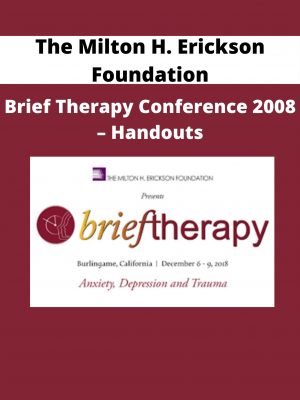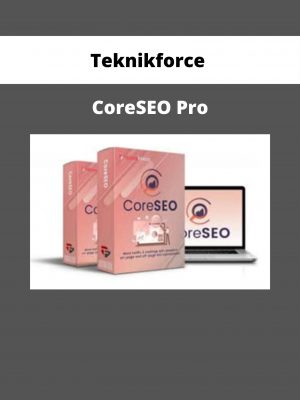-
×
Dan Sheridan – Trading Weekly Options for Income in 2016 1 × $49
-
×
TradeSmart University – Memorial Day Announcement (2014) 1 × $45
-
×
Jimmy Kim – Build My List 1 × $35
-
×
Talmadge Harper – Lucky In Life 1 × $10
-
×
Wendi Friesen – Self Hypnosis 2 – The Power Within 2 × $10
-
×
Shihan Richard Van Donk – Ninjutsu Black Belt Home Study Course 1 × $94
-
×
The Milton H. Erickson Foundation – Brief Therapy Conference 2008 – Handouts 1 × $56
-
×
Richard Dobrusin – An Osteopathic Approach to the Thoracic Outlet Syndrome (TOS) 1 × $10
-
×
Steven Zonner – Concussion 1 × $9
-
×
Sristi Nath – Anxiety Disorders 1 × $5
-
×
Bob Proctor – The Goal Achiever 1 × $40
-
×
Hale Dwoskin – Happiness Is Free: And It’s Easier Than You Think 1 × $40
-
×
Amy Walker – Complete Standard American Accent Tutorial Course 1 × $28
Subtotal: $441

 Dan Sheridan – Trading Weekly Options for Income in 2016
Dan Sheridan – Trading Weekly Options for Income in 2016  TradeSmart University – Memorial Day Announcement (2014)
TradeSmart University – Memorial Day Announcement (2014)  Jimmy Kim – Build My List
Jimmy Kim – Build My List  Talmadge Harper – Lucky In Life
Talmadge Harper – Lucky In Life  Wendi Friesen – Self Hypnosis 2 – The Power Within
Wendi Friesen – Self Hypnosis 2 – The Power Within  Shihan Richard Van Donk – Ninjutsu Black Belt Home Study Course
Shihan Richard Van Donk – Ninjutsu Black Belt Home Study Course  The Milton H. Erickson Foundation – Brief Therapy Conference 2008 – Handouts
The Milton H. Erickson Foundation – Brief Therapy Conference 2008 – Handouts  Richard Dobrusin – An Osteopathic Approach to the Thoracic Outlet Syndrome (TOS)
Richard Dobrusin – An Osteopathic Approach to the Thoracic Outlet Syndrome (TOS)  Steven Zonner – Concussion
Steven Zonner – Concussion  Sristi Nath – Anxiety Disorders
Sristi Nath – Anxiety Disorders  Bob Proctor – The Goal Achiever
Bob Proctor – The Goal Achiever  Hale Dwoskin – Happiness Is Free: And It’s Easier Than You Think
Hale Dwoskin – Happiness Is Free: And It’s Easier Than You Think  Amy Walker – Complete Standard American Accent Tutorial Course
Amy Walker – Complete Standard American Accent Tutorial Course 












Reviews
There are no reviews yet.